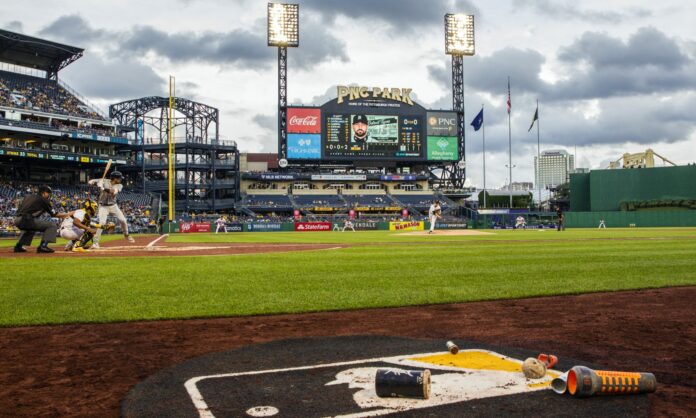After the last negotiating session between the owners and MLB Players Union lasted a mere 15 minutes, both sides have vowed to meet every day this week in hopes of meeting a self-imposed deadline of February 28th in order to have the season start on time on March 31st.
I’m going to try and recap the happenings of the week ahead as much as I can, with quick summaries of the daily news, so we can follow along real time with what’s going on.
To kick that coverage off, I thought I’d start with a few updates since my last sweeping review to kind of set the table for what I’m sure will be a busy week ahead.
As stated, the owners presented the players with a calendar during their last proposal of the timeline they believed needed to be met to keep the season from starting late. As reported, that date seems to be February 28th, leaving a mere eight days for the sides to come to an agreement.
If they are close at that point, is it possible there are a few days available to extend that deadline? Probably, but it’s obvious they’re still not dealing with a lot of time. For now, spring training games have been postponed until at least March 5th.
We know talks are getting serious, as members of the Labor Policy Committee on the owner’s side are reportedly traveling and will be present for the week. Previously, Colorado Rockies owner Dick Monfort had been the only owner present for any meetings, when he stuck his foot in his mouth at the January 24th meeting. Hal Steinbrenner (New York Yankees), John Henry (Boston Red Sox), Ron Fowler (San Diego Padres), and Monfort are expected to be at the meetings, representing four of the seven members of the committee.
Players are also expected to have a presence at the meetings, as the only member of the Player Executive Committee to be present thus far has been Andrew Miller.
We already know a lot of the proposals on the table, but two of the most important desires for the players are getting younger players paid more and faster, as well as adjustments to the Competitive Balance Tax threshold. Reportedly, “some flexibility exists” in these two areas on the ownership side, which should be interesting to watch moving forward, as modifications to proposals on the table in these areas could really spur negotiations forward.
As for the owners, we know they want nothing more than expanded playoffs moving forward, but apparently they better find a way to fit a full 162-game schedule at full-pay for the players if they want them in place for 2022. If true, this is certainly a powerplay by the players, with them exerting leverage in an effort to get a deal worked out sooner rather than later.
Finally, two points that would have been included in last week’s recap had I known/remembered them at the time.
I knew I had seen it somewhere among all my reading, but I had missed confirming that both players and owners are proposing raises to minor league minimums for players with major league contracts. In 2021, the levels were $46,600 for players with no prior service or contract, and $93,000 for players with service or signing their second or later major league contract.
There was no talk about how much these levels would raise. For example, players like Rodolfo Castro and Roansy Contreras made $46,600 last season (before they were recalled) while Oneil Cruz, Nick Mears, and Jared Oliva made $93,000. Players with fewer options remaining and more service make more, like Geoff Hartlieb at $272,000, so it will be interesting to see just where these new minimums fall in conjunction to the higher totals like that.
Also, the Associated Press reported that the MLBPA estimated a Super 2 cutoff of 2.027 years of service after 2021 for their proposal of an 80% cutoff. Reportedly, the current cutoff is 2.116, meaning an estimated 97 more players would have met the new qualifications, per the MLBPA.
Under this new limit, five additional Pittsburgh Pirates would have enough service to qualify for arbitration, by my calculations: Greg Allen (2.031), Duane Underwood Jr. (2.044), Anthony Alford (2.052), Michael Chavis (2.087), and Sam Howard (2.113). However, Alford (83) and Allen (20) wouldn’t actually qualify, as they didn’t have 86 days of service in 2021. Chavis squeaks by with 95.
Arbitration eligible players who haven’t come to agreements yet already have it tough enough, but it would be interesting to see additional players who never expected to be eligible become so, and how that would affect proceedings and the market.



